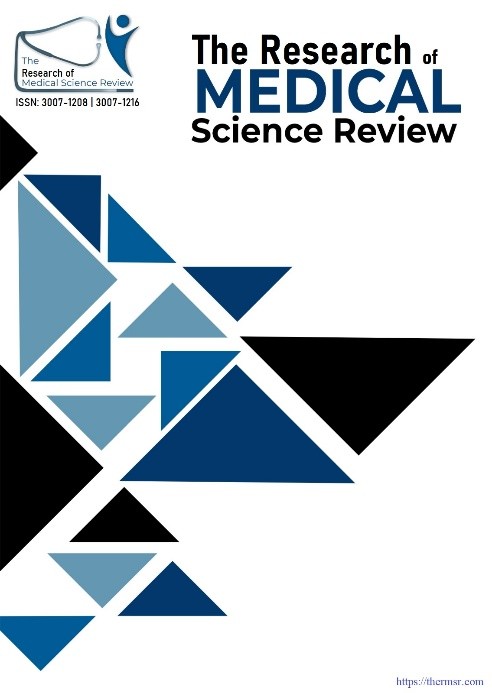COMPARE THE EFFECTIVENESS OF CORRECTIVE EXERCISES AND ALEXANDER TECHNIQUE ON PAIN AND QUALITY OF LIFE IN UPPER CROSS SYNDROME AMONG STUDENTS
Main Article Content
Abstract
Background: Upper Crossed Syndrome (UCS) is a postural condition characterized by abnormalities in the upper body, including increased thoracic kyphosis, rounded shoulders, and a forward head posture. The prevalence of UCS varies significantly, ranging from 11% to 60% across different populations and age group.
Objective: The Objective was to Compare the effectiveness of Corrective Exercises and Alexander Technique on Pain and Quality of Life in Upper Cross Syndrome among Students.
Methodology: Twenty-two males and females aged 18 – 25 years having upper cross syndrome over 6 weeks and positive Neck test and Flesche test were participated in this study. The study was conducted in Rehab Max clinic for a period of three months. The study participants were divided into two groups, Group A received corrective exercises, while Group B received Alexander technique. Pain intensity and quality of life were measured using Numerical Pain Rating Scale, and Quality of Life (SF-12) respectively at baseline, 3rd week and 6th week. Data was analyzed using SPSS version 24.
Results: The results showed a significant difference at 3rd week and 6th week values for all outcome variables. The findings of current study found to be significant (p = < 0.05) within group analysis (Friedman test) and between group analysis (Man Whitney Test).
Conclusion: Alexander Technique found to be very effective in decreasing pain intensity and improving quality of life with upper cross syndrome among students.
Downloads
Article Details
Section

This work is licensed under a Creative Commons Attribution-NonCommercial-NoDerivatives 4.0 International License.
